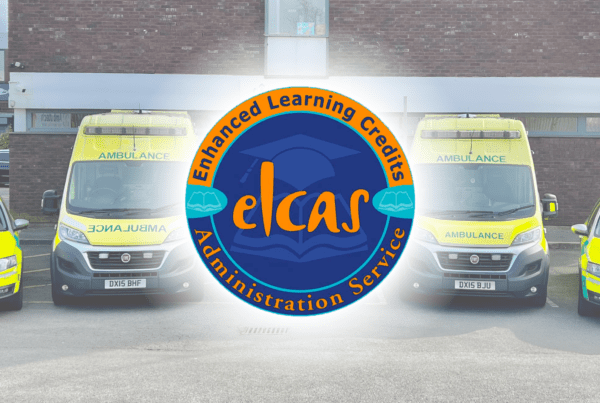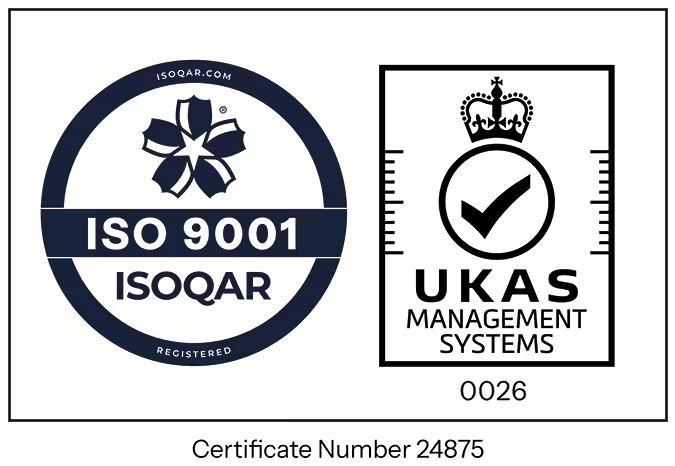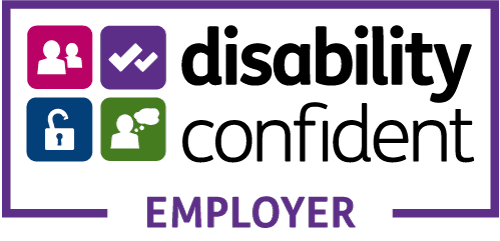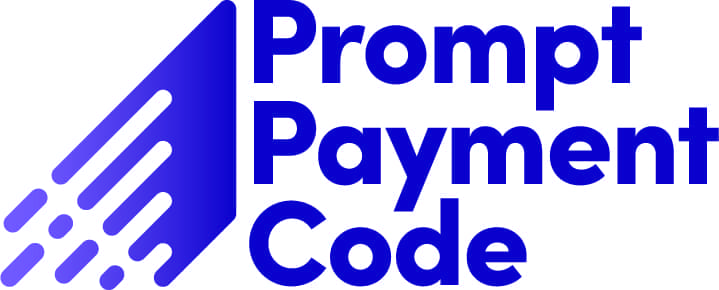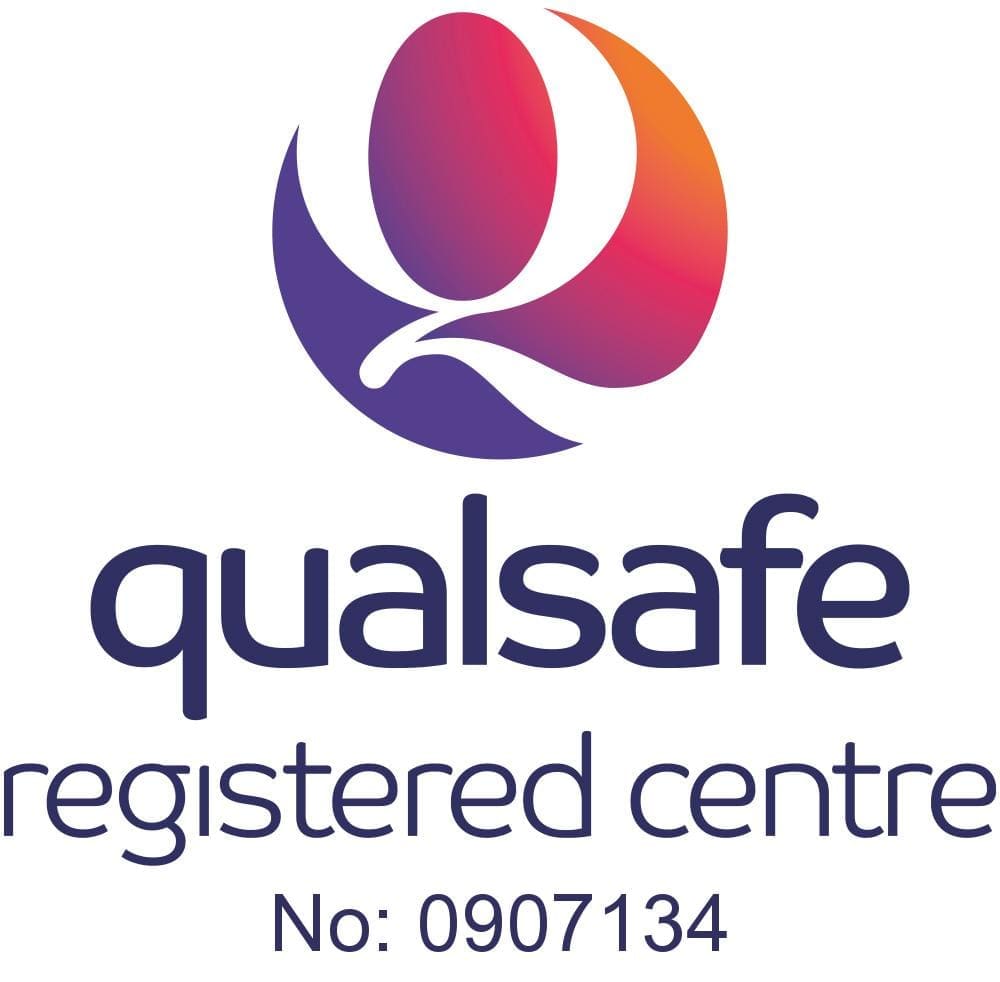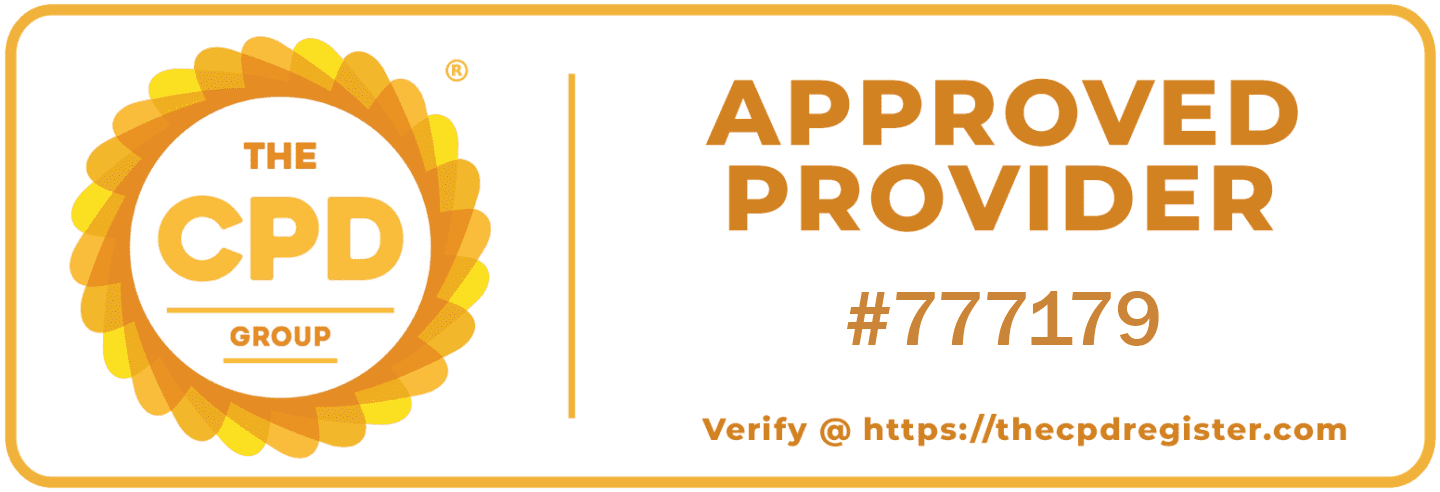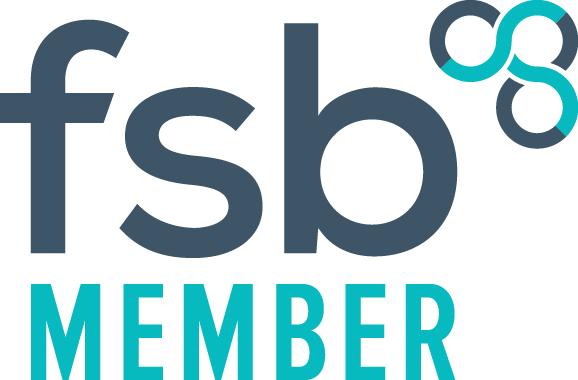Accidents and injuries are an unfortunate part of life, and one of the most common musculoskeletal injuries is a sprain or strain. Whether you twisted your ankle while jogging or strained your back lifting something heavy, these injuries can be painful and limit your daily activities. However, with proper care and management, you can recover faster and get back to your normal routine. In this article, we’ll provide you with a comprehensive guide on how to deal with a sprain or strain effectively.
Understand the Difference
Before we delve into the treatment and recovery process, it’s essential to understand the difference between a sprain and a strain. A sprain occurs when ligaments (tissues connecting bones) are stretched or torn, usually due to sudden twisting or impact. On the other hand, a strain is the result of overstretching or tearing muscles or tendons. While both injuries share similar symptoms, such as pain, swelling, and limited mobility, knowing the specific injury will help in applying the right treatment.
Rest, Ice, Compression, and Elevation (RICE)
The RICE method is a time-tested first aid treatment for sprains and strains. Follow these steps immediately after the injury to reduce swelling and alleviate pain:
Rest: Avoid putting excessive weight on the injured area and refrain from activities that exacerbate the pain.
Ice: Apply an ice pack wrapped in a cloth to the affected area for 15-20 minutes every few hours during the first 48 hours. Ice helps to constrict blood vessels and reduces swelling.
Compression: Use an elasticated bandage to wrap the injured area gently. Compression helps control swelling and provides support to the injured tissues.
Elevation: Whenever possible, elevate the injured area above the level of your heart. This helps reduce swelling by promoting fluid drainage.
Pain Management
Over-the-counter pain relief like paracetamol can help manage pain and reduce inflammation. Always follow the recommended dosage, and consult your doctor if you have any underlying health conditions or are taking other medications.
Seek Medical Attention
While most minor sprains and strains can be treated at home, it’s essential to recognise when professional medical attention is necessary. If you experience severe pain, swelling, or difficulty moving the affected area, it’s best to consult a healthcare professional. They can assess the injury severity, rule out fractures or other complications, and provide appropriate treatment recommendations.
Rehabilitation and Physiotherapy
As the initial pain and swelling subside, it’s essential to begin rehabilitation and physiotherapy exercises. These exercises help improve flexibility, strength, and range of motion in the injured area. A physiotherapist can guide you through a personalised program to ensure safe and effective recovery.
Gradual Return to Activity
As you heal and regain strength, it’s crucial to avoid rushing back into your regular activities. Gradually reintroduce movements and exercises, paying attention to your body’s signals. If you experience pain or discomfort, take it as a sign to slow down and allow more time for recovery.
Dealing with a sprain or strain requires patience and a commitment to self-care. By following the RICE method, managing pain, seeking medical attention when necessary, and gradually returning to activity, you can ensure a smoother and faster recovery process. Remember that every individual heals differently, so listen to your body and give it the time it needs to heal properly. If you’re ever in doubt or concerned about your injury, don’t hesitate to consult a healthcare professional for expert guidance. With the right approach, you’ll be back on your feet and feeling better in no time.
The information provided in this article is for general informational purposes only and should not be construed as professional medical advice. The content is not intended to be a substitute for professional medical advice, diagnosis, or treatment. Always seek the advice of your doctor or another qualified healthcare provider with any questions you may have regarding a medical condition. Never disregard professional medical advice or delay in seeking it because of something you have read in this article. Reliance on any information provided in this article is solely at your own risk. The author and the website are not responsible for any consequences that may arise from the use of the information provided herein.



